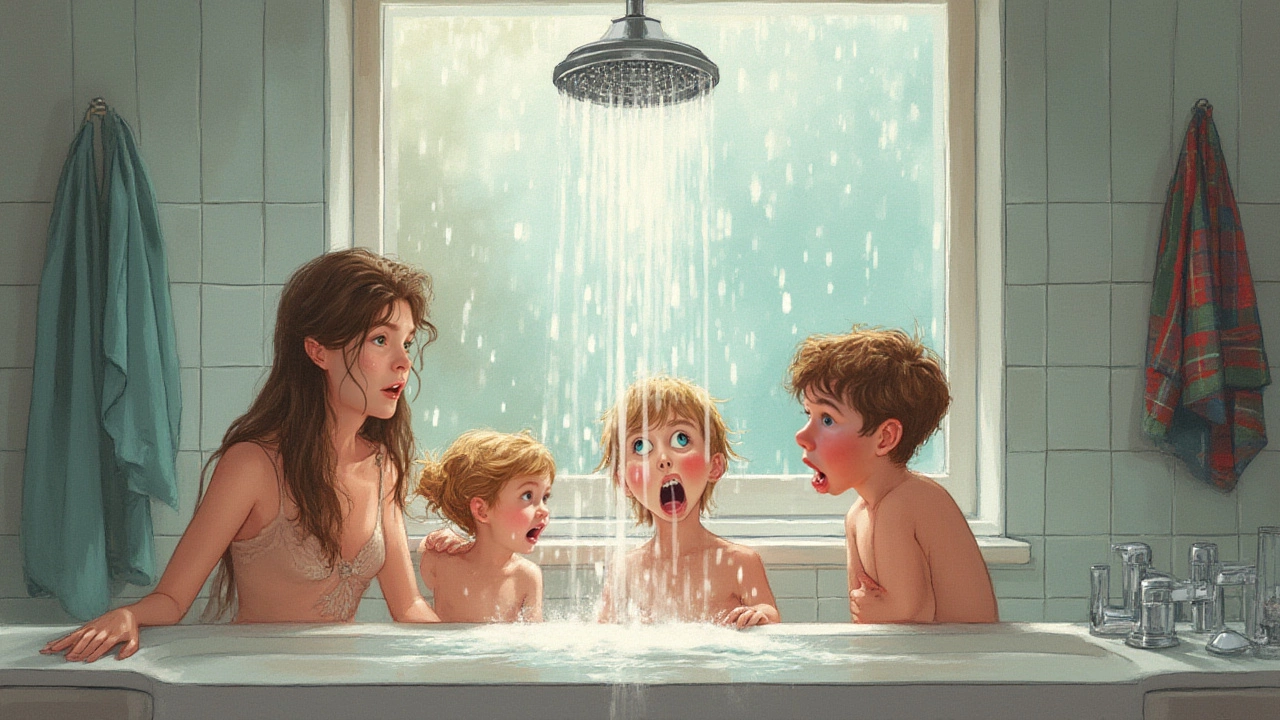Shower Runs Cold? Quick Fixes and When to Call a Pro
Nothing ruins a morning like stepping into a chilly shower. Before you throw in the towel, check a few easy things that might be causing the problem. Most cold‑shower issues stem from the hot‑water system, not the showerhead itself.
Common Reasons Your Shower Goes Cold
1. Hot water heater is off or set too low. It’s easy to forget the thermostat was turned down during a vacation. Raise the setting to at least 120°F (49°C) and give the heater a few minutes to catch up.
2. Thermostat or reset button tripped. Many electric water heaters have a safety reset on the side. If the water turned off suddenly, the thermostat may have shut down. Locate the red button, press it firmly, and watch for a click.
3. Sediment build‑up. Over time, minerals settle at the bottom of the tank, insulating the heating element. When the element can’t reach the water, the output stays lukewarm. Flushing the tank once a year clears the blockage.
4. Broken dip tube. The dip tube carries cold water to the bottom of the tank where it’s heated. A cracked tube mixes cold water with hot water, leaving you with a tepid shower.
5. Cross‑connection with cold water. A faulty mixing valve or a single‑handle faucet that’s leaking can let cold water sneak into the hot line.
How to Fix a Cold Shower Quickly
Step 1: Test other taps. Turn on the kitchen faucet or another bathroom sink. If they also deliver cold water, the issue is definitely with the water heater.
Step 2: Reset the heater. Locate the “RESET” button on the top or side of the unit, press it, and wait a couple of minutes. For gas heaters, check the pilot light and relight if it’s out.
Step 3: Adjust the thermostat. Use a screwdriver to turn the thermostat dial up a few degrees. Remember, higher settings use more energy, so find a comfortable balance.
Step 4: Flush the tank. Turn off the power or gas, attach a garden hose to the drain valve, and let the water run until it’s clear. Close the valve, refill, and restart.
Step 5: Inspect the dip tube. If you’re comfortable pulling the tank out, check the dip tube for cracks. Replacing it costs around £30‑£50 and can be a DIY job if you have basic tools.
If these steps don’t restore hot water, it’s time to call a professional. A qualified technician can diagnose deeper issues like a failing heating element, corroded burner, or a malfunctioning thermostat that requires replacement.
Cold showers are frustrating, but most fixes are straightforward. Start with the simplest checks, and you’ll often have warm water flowing again in under an hour. When you need help, Wells Appliance Repairs can get to your home fast, diagnose the problem, and get your shower back to a comfortable temperature. No more shivering, just a relaxing rinse.
Hot Water Suddenly Cold? Troubleshooting Water Heater Problems at Home
0 Comments
Hot water in your shower keeps turning cold? Discover the reasons, practical fixes, and when to call in the pros. Solve your hot water headaches today.
Read More